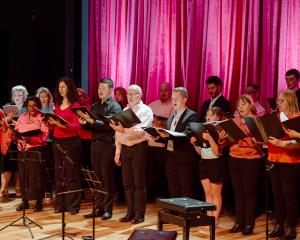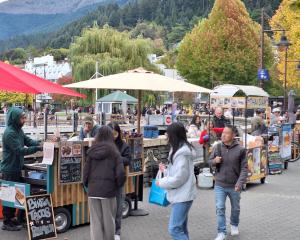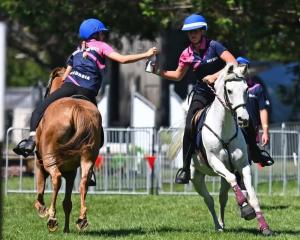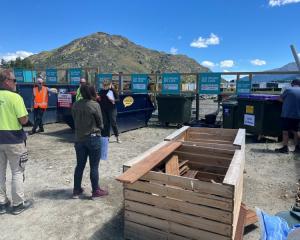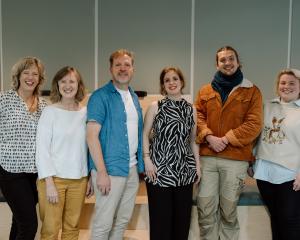
The two native falcon chicks which have grown up in a nest beneath a log at the Albert Town Camping Ground should be flying for the first time soon.
Although their early life has caused some disruption and the very protective parents are inclined to dive-bomb anyone venturing too near, the falcons have been extended a great deal of public goodwill.
In the forefront of the effort to give the birds some space has been "falcon advocate'' Mary Chaffey. The accredited veterinary nurse with a diploma in canine behaviour grew up in Waiau, North Canterbury.
Wanaka bureau chief Mark Price put some questions to her this week.
Q: How and when did you encounter your first falcon?
When I was a child I watched them fly over my home.
More recently, I was involved in the raising and releasing of falcon chicks in conjunction with Wingspan and the Department of Conservation.
Q: Why did you become an advocate for falcons?
I don't recall deciding to become an falcon advocate; it's just the way events have unfolded for me.
Q: What has being an advocate entailed?
Sharing knowledge and understanding so people can coexist with falcons.
Q: When and how did you realise there was a potential issue with the falcons in the Albert Town camping ground?
Doc Wanaka contacted me following a call from a concerned camper about the increasing number of falcon attacks on persons using the reserve.
Q: What sorts of things did you have to do to protect the birds - and the public?
It was matter of co-ordinating with Doc, the reserve managers, Forest and Bird and volunteers to put up a fence and information signs around the nest perimeter, at a distance that the falcon could raise their chicks with minimal disturbances and where the general public could view the nest site and access the reserve safely without being attacked.
Q: Was that difficult to do?
The wonderful willingness and commitment to a cohesive public/falcon coexistence from Doc, the reserve managers, Forest and Bird and volunteers changed a challenging situation into an amazing experience for the public.
Q: How well has it worked?
It has been incredibly successful.
Q: What can we take from the fact that these birds have succeeded in raising two chicks?
That the public have really taken ownership of supporting these falcons.
The cyclists, campers, runners, walkers and dog owners who used the reserve have respected the falcons' space and have all contributed to this positive outcome.
Q: What has been the reaction to the birds from other campers?
There has been nothing but positive feedback from the campers and I can't speak highly enough of what wonderful falcon advocates they have been. Exemplary.
Q: Is there anything other people can do to encourage falcons to breed successfully?
Be respectful of nesting sites during the breeding season. recognise when you are too close by their aggressive swooping behaviour and give the falcon space.
Q: At what point can you say the Albert Town exercise is finished?
For this breeding season, it's once the juveniles are competent flyers.
Who knows where these falcons will breed next season?

